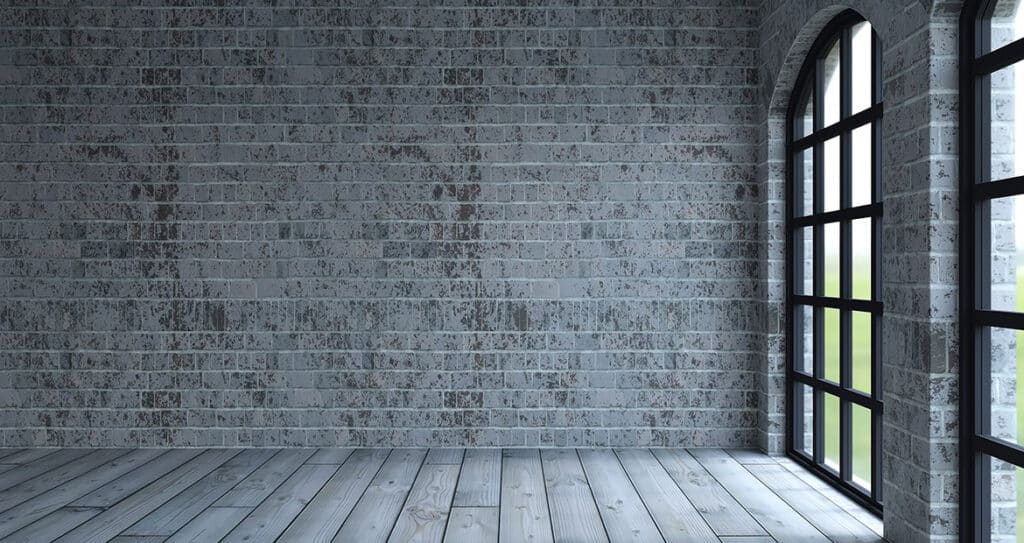Depression, feelings of isolation and loneliness are associated with a higher risk of mortality in adults of age 52 and older, according to a study in the Proceedings of the National Academy of Sciences. Perceived loneliness and sadness can contribute to a cognitive decline and even increase the risk of dementia in older people. Anyone’s fear of living alone, especially seniors, is not uncommon and should not be taken lightly.
A “community” or group approach to the care of an older loved one is always beneficial as it is crucial to create a network of support people within your loved one’s world. Living alone should not mean being alone for your loved ones.
Support, Communication and More Support
Regardless of the living situation, whether it be private duty homecare in their own home or moving to an institution, care must be given to support loved ones in this situation. Of the older adults who were living outside nursing homes or hospitals in 2010, nearly one third (11.3 million) lived alone. Older women are twice as likely as older men to live alone (37 percent and 19 percent, respectively). In the most recent census, 72 percent of older men lived with a spouse, only 42 percent of older women lives with a spouse or partner. Given the growth in senior population, this trend appears to continue.
Seniors need attention and support – ideally on a daily basis. Even when living in an institution or with a private duty caregiver, monitoring and making sure that loved ones are active (both physically and mentally) are keys to their long-term health and happiness. Even the most robust (seemingly) older loved ones need interaction and activity so always best to assume that making that extra visit or phone call is a good way to go, every time!
Activity, Activity, Activity!
Sitting in a chair watching television is never the optimal “activity” for seniors. Just about any other activity is more advantageous to their wellbeing. Walking, standing and other forms of light exercise along with getting outside and soaking in sunshine and fresh air should be at the top of the list when it comes to physical activity. For disabled individuals, there are many forms of exercise and activity that can also be utilized to keep them active on a daily basis. But, physical activity not the only activity required for maintaining a senior’s health – brain activity in the form of puzzles, conversation, games, music and more are integral to keeping those synapses firing on all cylinders!
Different Living Options…
Living in their own home is typically the preferred choice of seniors and by utilizing private duty or nurse-driven care allows you to customize the in-home plan that fits best for your loved one. The initial in-home assessment is vital but do not expect that to be the only assessment – make sure assessments continue to be done frequently, that way the level of care is personalized to best suit how the family requires care.
Looking toward institutional living options? First, it is always best to assume that simply because a loved one is placed into an institutional setting, that does not mean they will be getting one-on-one, personalized care. It is always best for a family or loved one to take on the responsibility of making sure that care is not only the optimal fit for the senior but also that activity is monitored and that assessments are done frequently so that your older loved one is watched out for and cared for properly. Never make assumptions that institutions are doing what you would expect – making assumptions and not being proactive is a surefire recipe for disaster and possibly tragic results.
The bottom line is that common sense, thoroughness and continuous follow-up along with an experienced and highly aware care team will yield the best results. If ever any questions either before or during your care situation with a loved one, please feel free to contact One You Love Homecare day or night.

